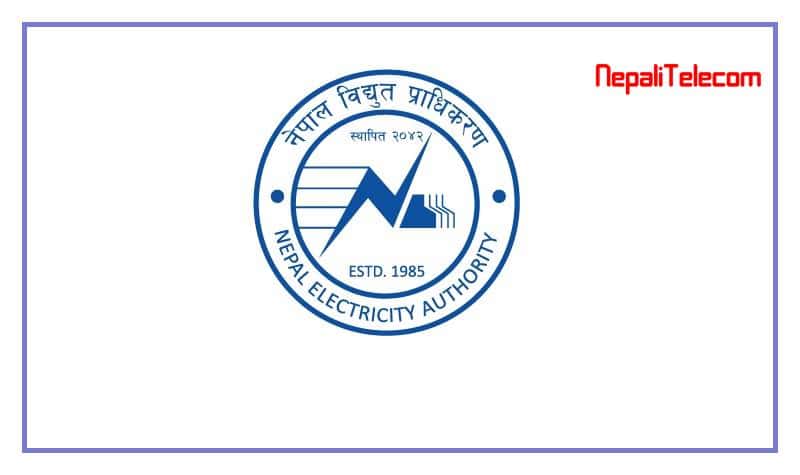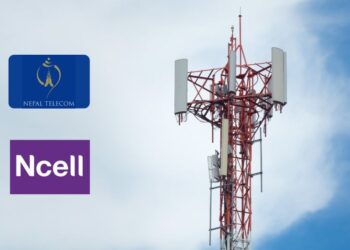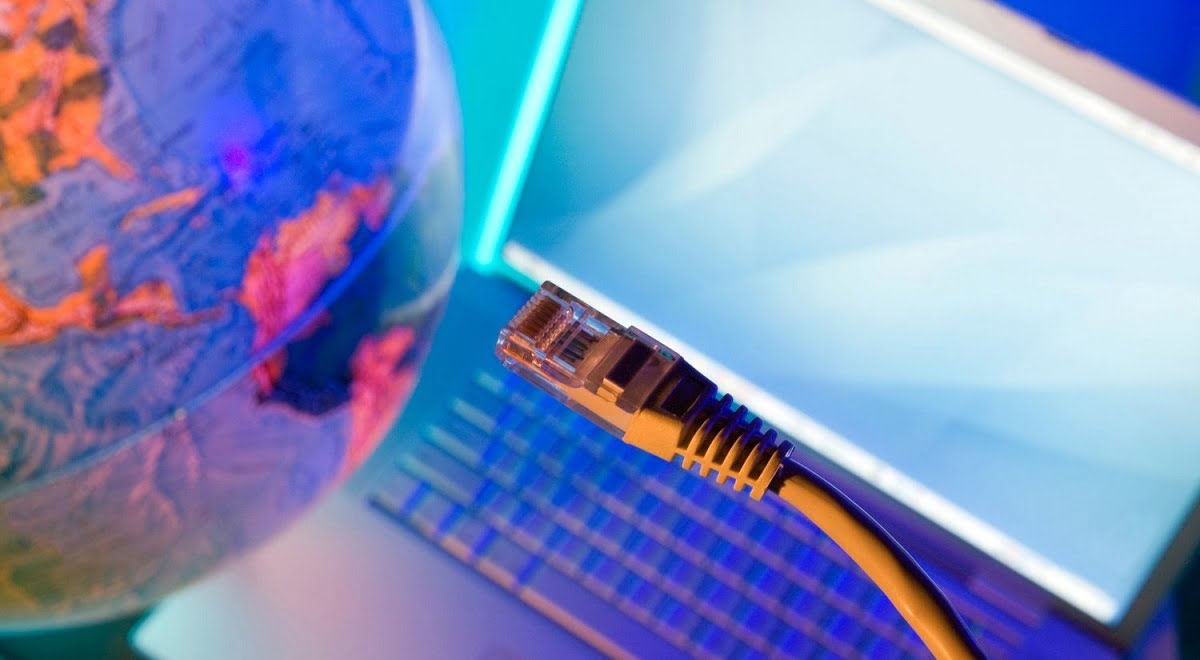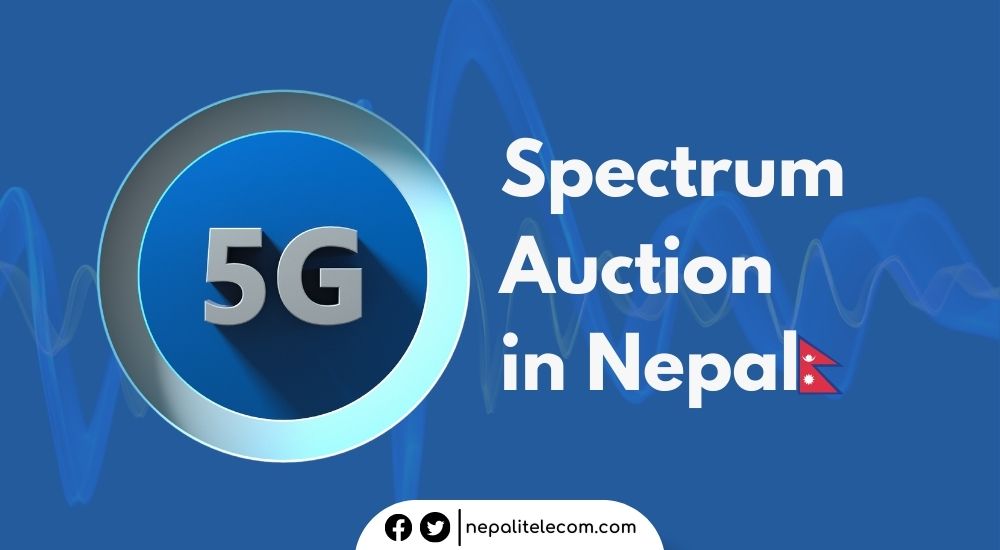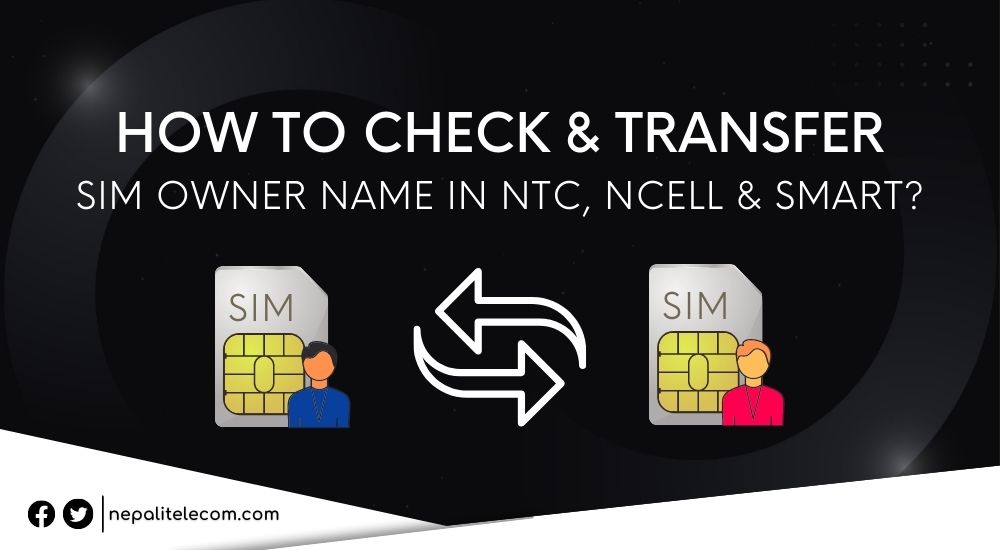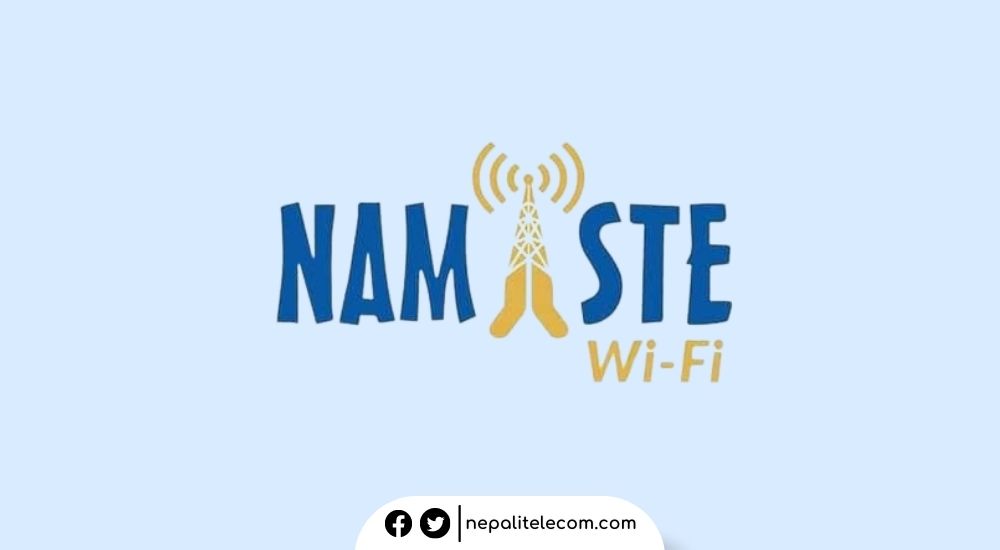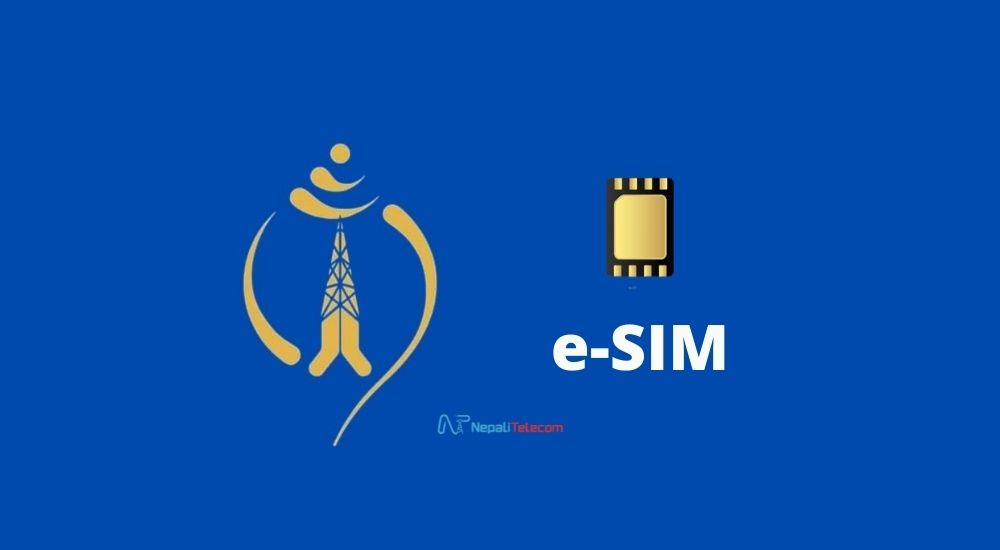NEA is in plans to install smart meters in all the households in Kathmandu within one year. The implementation comes into effect as a part of a project called the Kathmandu Valley Smart metering project (KVSM). NEA Smart meter will be the biggest deployment use case of IoT/M2M in our country.
The authority has already distributed such meters via Ratnapark, and Maharajgunj Distribution Center. Now, it has been announced that the frequency-powered smart meters will fit into every customer’s house in the capital.
That means, within one year’s duration, NEA will replace all the existing analog meters with smart meters.
Smart Meters in Kathmandu by the end of FY 2079/80
Nepal Electricity Authority NEA MD Kulman Ghising made the announcement at the annual report. “We have gathered exciting results from smart meters we set up at the customers of Ratnapark and Maharajgunj. This has given us an impetus to install the same system in everyone’s house in Kathmandu in FY 2079/80.,” the report states.
The purpose of the Smart electricity meter project is to have instant benefits like reduced meter reading costs, enable tariffs based on time/load and Cut Aggregate Technical and Commercial loss (AT&C).
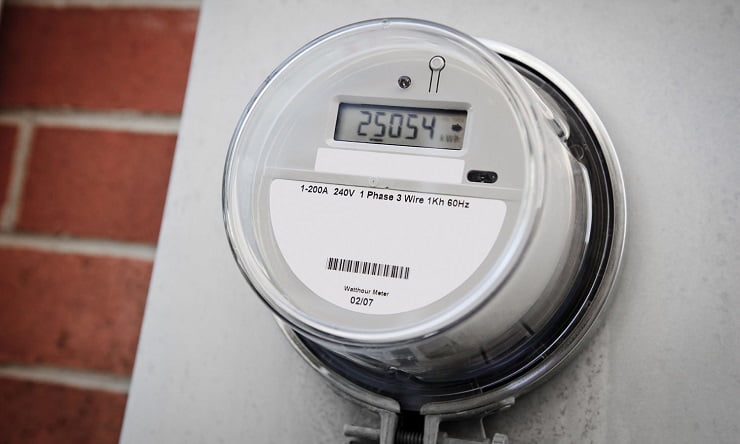
Smart Meters are remotely operated machines that send data via frequency which is also called “utility frequency”. But regarding the frequency, NEA and NTA have been in conflict for months even derailing the smart metering project. Without frequency, the efficiency of smart meters will be greatly reduced.
NEA is waiting for the green signal to use 393 – 398.5 MHz Frequency for smart meters but to no avail. However, the Ratnapark, and Maharajgunj Distribution Center are still utilizing the airwaves for next-generation meters. Mr. Ghising reasons such utility frequency is allocated for free globally as his argument against NTA which is seeking fees for the same.
NEA upgrading services
The electricity authority has been upgrading its services to become more competitive and transparent. And following the Digital Nepal drive of the government, the authority has also emphasized digital technologies. In line with the same spirit, the smart grid and the smart metering project are going to be the focal initiative for the profiting ministry this fiscal year.
The authority has been preparing for the operation of a Distribution Command Control and Data Center in Syuchatar. It is also planning to install an automated system at 13 Grid substations in Kathmandu this Fiscal Year.
The annual report reveals the authority has already started work to automate 40 grid substations around the country.
Benefits of Smart Meters
Here are some of the other benefits of Smart Meters.
- Improved network visibility and hence reduced or deferred network reinforcement costs
- Better management of power outages
- Improved connection processes
- Reduced costs for micro-generation customers
- Access to the benefits offered by demand side response
- Losses reduction
- Improved customer service across a range of routine activities, and
- Increase in Customer satisfaction
Under the project, NEA has asked the supplier to install, test, commission, and maintain the Advanced Metering Infrastructure (AMI) in Kathmandu Valley. AMI incorporates smart meters along with the Information and Communication Infrastructure. It is beneficial for both the customers of Single Phase and three-phase meters. NEA Smart meter pilot project includes 10,000 such smart meters. After which, there will be the installation of around 1 lakh smart electricity meters.
The smart meters enable real-time data monitoring of the energy usage at each home/business. They can even connect or disconnect the electricity supply remotely. The smart meters are also called TOD meters (Time of Day). Which allows charging the electricity rate differently at different times. They can perform meter readings remotely without the need to send NEA employees to customers’ homes. The data is collected from the central server of the system through GSM/GPRS connectivity. The Smart meters have an RF module to send the data to the server at regular intervals.
Prepaid metering
Customers can also view the consumption details including current and historical data, either through a web portal or a mobile app. NEA can also deploy prepaid billing where the system reduces the available credit based on consumption. For this, the system needs to continuously monitor the energy consumption of the prepaid meter, also sending low credit notifications. Currently, they perform the billing of most meters as post-paid where the meter readers visit customer premises for the manual billing.
How Smart meter works?
Smart Meters are electronic devices that replace traditional meters for several utilities. They have an RF module inside the meters which sends the recorded digital information to the server through several connectivity options like WiFi, non-cellular IoT (Zigbi, Lora, Sigfox, and more), and cellular connectivity (2G, 3G, 4G, and beyond).
The data collected through many layers are placed in a centralized server with the ability to do the analytics. The meter data management system will analyze the data for several reports or predictions of the loads, customer consumption details, location/fault tracking, etc.
In the case of cellular connectivity, they put a SIM card in the RF module of the meter. Using the 2G or 3G or 4G connectivity, the smart meter sends the usage data to the server periodically.
ALSO READ
Would you love to have a smart meter installed at your home in place of the current analog meter? You can share with us in the comments below.


